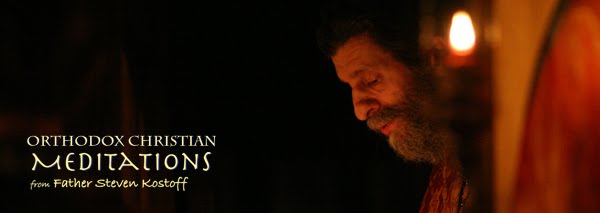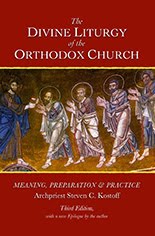From Fr. Thomas Hopko:
Sometimes the “image of God” in humans is identified with their spirit, soul, or mind. This is misleading and inaccurate. Humans are made “according to God’s image and likeness” to have divine qualities, and so to be and act as God is and acts, in the wholeness of their humanity. To be and act in a divine manner, humans must first of all be spiritual (pneumatikos, noetikos, logikos). But they must also be psychic and bodily, in male and female forms. The spirit/pneuma (or mind/nous or word/logos) is to govern a person’s soul and body with their emotions and passions. If the “spirit” alone were God’s image in creatures, then bodiless powers, i.e. angels, and not human beings, would be made “according to God’s image and likeness.”
We must note here as well that God is not “a spirit.” God is completely different (totaliter aliter) from creatures in every way. To refer to God as “spirit” is as anthropomorphic as to speak of God’s eyes or hands. In St. John’s Gospel, Jesus says “God is Spirit” to indicate that God is not located anywhere, and must be worshipped “in spirit and truth” (John 4:24). The Lord here is not making a metaphysical statement about God’s being, which, according to the Orthodox church fathers’ interpretation of the Bible, as well as their personal mystical experience, is “beyond being [hyperousios]” and even “beyond divinity [hypertheos]”.”
The Orthodox patristic teaching is that humans, to be truly human, are to be by God’s grace (kata charin theou), good will (kat’ evdokian), action (kat’ energeian), and power (kata dynamin) everything that God Himself is by nature (kat’ ousian). Their creaturely constitution as spiritual, psychic, and bodily beings make this deification possible.”
From Christian Faith and Same-Sex Attraction, p. 19.







